
Advertisement

Susan Campbell
Writer and lllustrator
https://www.walledgardens.net/Most popular
Features & Stories

Susan's favorite cookbooks
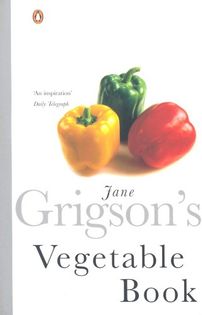
Jane Grigson's Vegetable Book
With over a dozen recipes for courgettes, and almost as many for broad beans, this book makes a regular godsend for anyone with a glut-filled larder from their kitchen garden. As the majority of the recipes are from France, they usefully broaden the scope for English cooks.

Jane Grigson's Fruit Book
Perhaps unusual fruits were easier to find by the time this book was published (1982) but it’s still rare to find recipes for exotics such as carambolas, feijoas, cornelian cherries or sapodillas. The format, as in the Vegetable Book is alphabetical, and the dishes are accompanied with intriguing little histories of the ingredients, the chefs who use them, and the gardens from which they come.

Pasta for Pleasure: The regional recipes of Italy
Going by its date this must be one of the very first books to cover the many varieties of pasta that come from Italy. It is a pasta encyclopaedia, with recipes listed by the different areas in which they are specialities. It acted, when I first read it, as a wake-up call to someone who mostly cooked spag bol and lasagne.
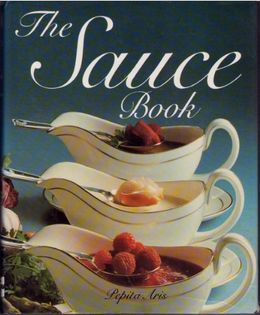
The Sauce Book
There is a sauce in this book for every dish that a good English or European cook might need. It is not by any means up to date with all the modern sauces that are now de rigeur, but it is nevertheless extremely useful.
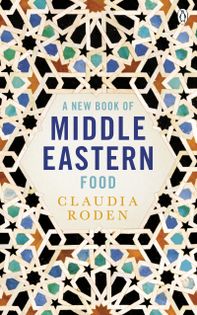
A New Book of Middle Eastern Food
This book is based on the first of Roden’s cookbooks introducing us to Middle Eastern food, which was a revelation when it was first published. To be honest, I could have chosen any of her other cookbooks, but taking into the account that this is the most battered one of hers in my bookshelf, I take it to be the favourite.
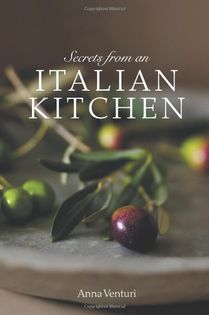
Secrets from an Italian Kitchen
All of Anna’s books too, are pretty much tops with me, but the format of this one – a chapter each for Italian ingredients ranging from pasta (again), through edible weeds and wild mushrooms to olives and olive oil - I find most inspiring.

Madhur Jaffrey's World Vegetarian Cooking
In spite of a stash of Madhur’s Indian cookbooks, this one makes a useful adjunct to Jane Grigson’s veg. book. It is massive, and full of truly worldwide recipes.
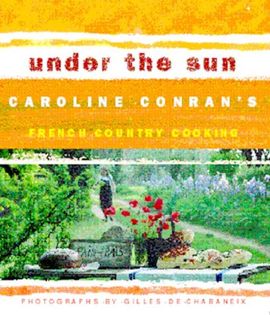
Under the Sun
I have to admit that I had a hand in this one, being Caroline’s sous chef for executing the recipes in a borrowed house in Provence, while the stylist and photographer worked on the pictures for each dish. It was a job, but sourcing the ingredients and eating the results was pure pleasure.
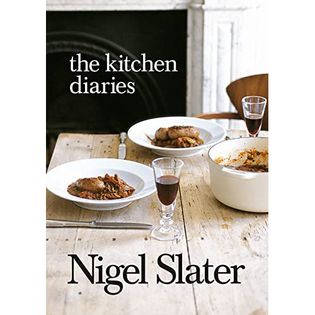
The Kitchen Diaries
There is a number of books on my shelves by this author too, but I like this one best because its diary format is incredibly useful when one is at one’s wits end as to what to have for dinner. What did Nigel have on any given day? We’ll have the same. It’s seasonal, too.
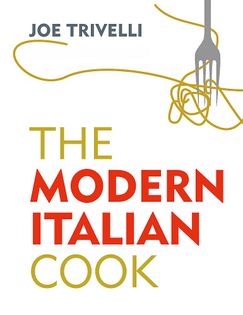
The Modern Italian Cook
In an effort to catch up with more topical recipes, I heard that Joe Trivelli, head chef at the River Café, was the one to bring my Italian cooking into the 21st century. So it has proved, though there is also a delightful number of his grandmother’s and auntie’s recipes here as well, albeit many that are new to me. A nice addition to the many Italian cookbooks I already have.
Advertisement
